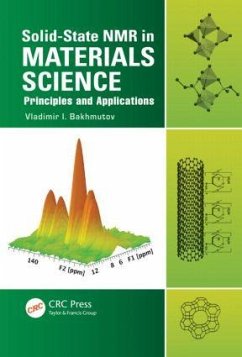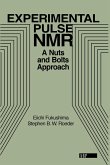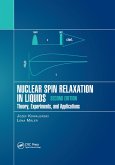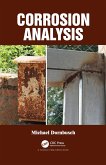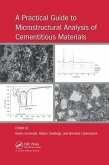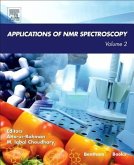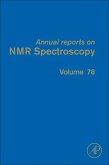Solid-state NMR is a powerful physical method widely applied in modern fundamental and applied science, medicine, and industry. Its role is particularly valuable in materials chemistry due to the capability of solid-state NMR to rapidly solve tasks connected with structural descriptions of complex systems on macro and/or molecular levels, and the identification of the dynamics often responsible for complex systems mechanical properties.
Written for non-specialists, Solid-State NMR in Materials Science: Principles and Applications introduces the general physical principles of pulsed NMR, by including elements of the theory and practice in the registration of NMR signals, and by explaining different NMR equipment.
After the preliminaries, the book covers:
The theory and features of solid-state NMR and nuclear relaxation in solids, including dynamics of materialsDifferent materials, diamagnetic and paramagnetic, from metals and metal clusters to amorphous compositesThe methodology of collection and interpretations of solid-state NMR data, including strategies and criteria for structural characterizations of different materials Practical examples of multinuclear NMR and relaxation experiments as well as interpretations of data obtained Numerous solid-state NMR experiments performed for various materials to evaluate their structure and dynamics
Written in clear and simple language, this book includes clear illustrations, numerous examples, and detailed bibliographies. It an excellent reference not only for young and experienced researchers, but also for students interested in a future in materials science.
Written for non-specialists, Solid-State NMR in Materials Science: Principles and Applications introduces the general physical principles of pulsed NMR, by including elements of the theory and practice in the registration of NMR signals, and by explaining different NMR equipment.
After the preliminaries, the book covers:
The theory and features of solid-state NMR and nuclear relaxation in solids, including dynamics of materialsDifferent materials, diamagnetic and paramagnetic, from metals and metal clusters to amorphous compositesThe methodology of collection and interpretations of solid-state NMR data, including strategies and criteria for structural characterizations of different materials Practical examples of multinuclear NMR and relaxation experiments as well as interpretations of data obtained Numerous solid-state NMR experiments performed for various materials to evaluate their structure and dynamics
Written in clear and simple language, this book includes clear illustrations, numerous examples, and detailed bibliographies. It an excellent reference not only for young and experienced researchers, but also for students interested in a future in materials science.

